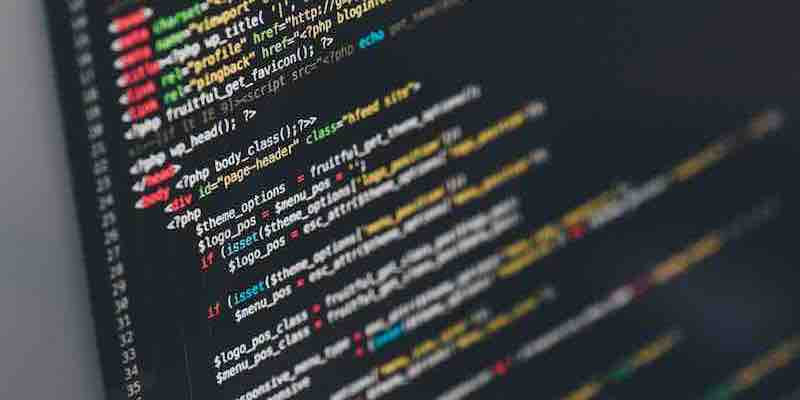Decoding Clean Code: The Art of Crafting Elegant Software

Clean code is the hallmark of functional and elegant software, making it easy to read, understand, maintain, and test. In this insightful article by Klaus Haeuptle, the essence of clean code is distilled, emphasizing its importance for sustainable software development. Here’s a concise summary:
- What is the Clean Code? It’s easily readable, understandable, maintainable, and testable software. This article introduces the topic, linking to valuable resources and current initiatives where experts can contribute.
- Characteristics of Clean Code: Clean code adheres to best practices like using meaningful names, keeping functions concise, and using comments judiciously. Renowned books like “Clean Code” by Robert C. Martin and “The Pragmatic Programmer” by David Thomas and Andy Hunt offer a deep dive into these practices.
- The Dark Side – Unclean Code: Code that isn’t clean is hard to read, understand, and maintain. It might have poor organization, misleading names, inconsistent styling, or unnecessary redundancies. Such code can be a breeding ground for errors and can be taxing to work with.
- Benefits of Embracing Clean Code: Clean code offers many advantages, from improved readability and reduced errors to increased productivity and better team collaboration. One intriguing point raised is that clean code can also enhance the support of Generative AI tools like GitHub CoPilot.
- Critical Principles of Clean Code: The article underscores the importance of readability, simplicity, maintainability, and proper documentation in writing clean code.
- The Clean Code Style Guide Repository: An open-source initiative, this repository aims to help developers globally improve their code quality. It covers the ABAP programming language, but there’s hope to expand to others.
- The Importance of a Unified Code Style: Having a shared understanding of code style within an organization can improve maintainability, readability, and testability. It also aids in onboarding new developers and ensures consistency across projects.
The article is “Clean Code: Writing Maintainable, Readable and Testable Code.“